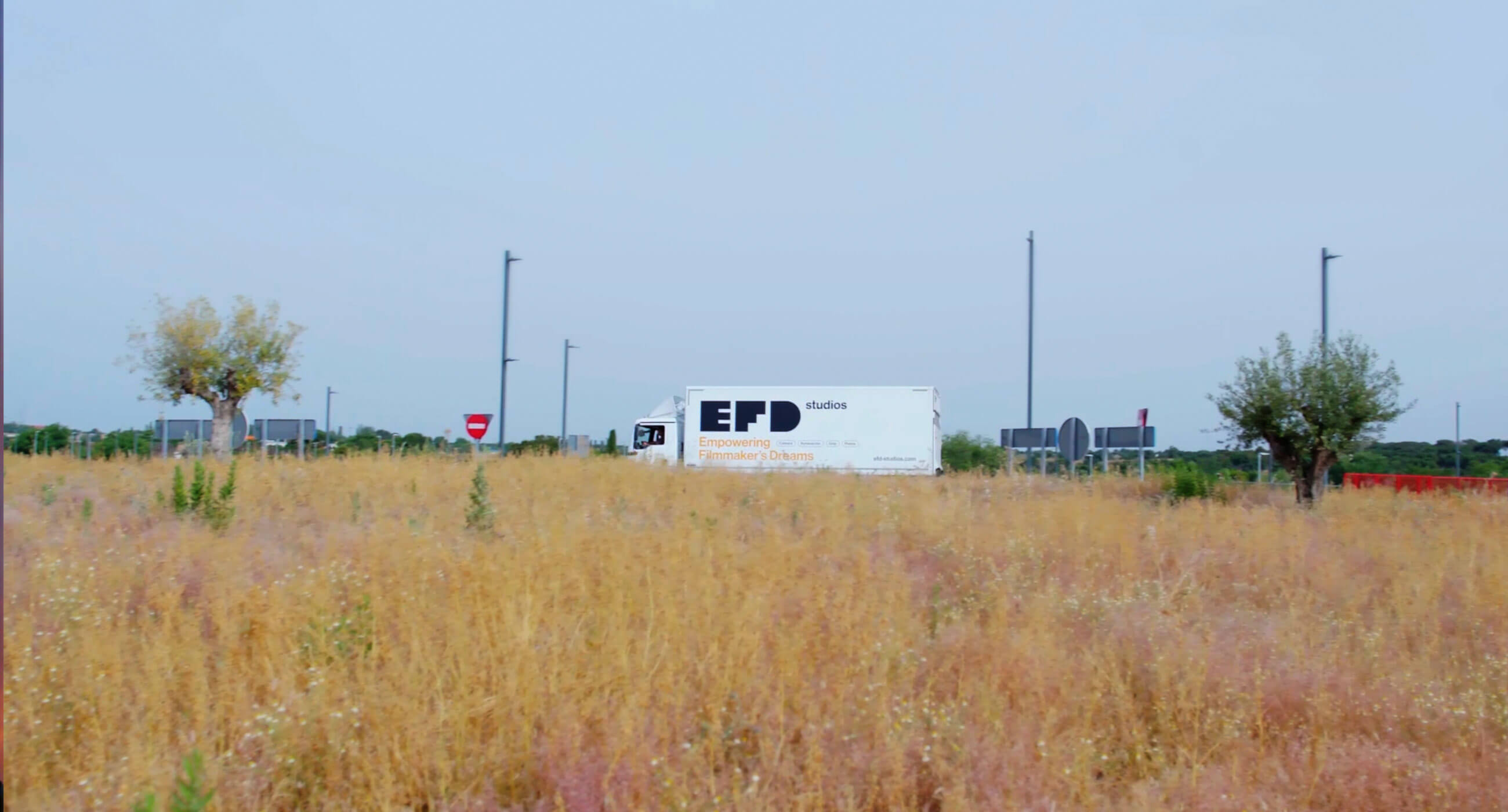Guide to Camera Lenses and Their Uses in Filmmaking
News
Published on 02/09/2024
In the world of cinema, precision and creativity come together to tell stories through images. One of the essential tools in this process is the camera lens. This guide is designed for film enthusiasts who want to understand the different types of lenses available and their specific applications in filmmaking. Below, we’ll explore the various types of lenses, their characteristics, and how they influence image quality and visual storytelling.
Types of Lenses in Filmmaking
The right lens choice can transform a scene in filmmaking. Lenses vary not only in construction and technical specifications but also in how they affect the narrative and visual aesthetics of a film.
1. Lenses by Focal Length
Focal length determines a lens’s field of view and, depending on the aperture, how it renders depth. In filmmaking, this is crucial for creating the desired atmosphere and focus.
Wide-Angle LensesWide-angle lenses have a short focal length, generally less than 35mm. These lenses provide a broad field of view, ideal for capturing expansive landscapes or tight interiors. In cinema, they’re used to create a sense of space and dynamic perspective, though they can cause edge distortion.
Standard LensesWith a focal length between 35mm and 70mm, standard lenses offer a view similar to human vision. This makes them a versatile choice for various shots, providing a balance between field of view and depth. They are ideal for medium and general shots.
Short Telephoto LensesShort telephoto lenses, with focal lengths between 70mm and 135mm, are perfect for portraits and tighter shots. These lenses isolate subjects from the background, highlighting details and minimizing distractions.
Medium and Long Telephoto LensesWith focal lengths over 135mm, these lenses are used for distant shots and specific details without physically approaching the subject. In cinema, they’re useful for distant action scenes or nature shots, offering a narrow field of view and reduced depth of field.
2. Lenses by Aperture
A lens’s aperture controls the amount of light entering the camera and affects depth of field.
Fast Aperture LensesWith maximum apertures ranging from f/1.2 to f/2.8, these lenses excel in low-light conditions and create a very shallow depth of field, making them ideal for portraits and selective focus shots. In filmmaking, they help emphasize the subject against a blurred background, creating an intimate atmosphere.
Standard Aperture LensesThese lenses have apertures between f/2.8 and f/5.6, offering a balance between light intake and depth of field. They are versatile and suitable for most filming conditions, providing good image quality without requiring excessive lighting.
3. Lenses by Format
The camera sensor format influences lens choice, affecting field of view and image quality.
For Full-Frame SensorsLenses designed for full-frame sensors provide a wide field of view and higher image quality. They are ideal for cinematic productions that demand greater detail, capturing fine details with shallower depth of field. EFD Studios offers a wide variety of full-frame lenses for rental to meet different production needs.
For APS-C SensorsLenses for APS-C sensors are more compact and lightweight. Although they have a narrower field of view due to the crop factor, they are a good choice for those seeking quality without the high cost of full-frame systems.
4. Prime vs. Zoom Lenses
The choice between prime and zoom lenses depends on the filming style and the specific needs of each production.
Prime LensesPrime lenses have a fixed focal length. They offer superior image quality, with fewer aberrations and distortions. They are ideal for scenes requiring high image quality and precise depth of field control. Additionally, they usually have wider apertures, making them more effective in low-light conditions.
Zoom LensesZoom lenses have a variable focal length, allowing you to change framing without swapping lenses. They are extremely versatile and save time on set. Although they may have more chromatic aberrations and a smaller maximum aperture than prime lenses, their flexibility makes them indispensable in many cinematic productions.
5. Special Lenses
Beyond conventional lenses, there are lenses designed for specific purposes, adding unique effects to cinematic productions.
Macro LensesMacro lenses allow you to capture images at very close distances, revealing minute details that aren’t visible to the naked eye. They are essential for shooting insects, flowers, or small objects, providing an extremely short minimum focusing distance.
Fisheye LensesWith an extreme field of view, sometimes up to 180 degrees, fisheye lenses create characteristic visual distortion, making straight lines appear curved. They are used in cinema to create dramatic or surreal visual effects, offering a unique perspective.
Tilt-Shift LensesThese lenses allow you to control the focal plane’s orientation, creating miniaturization effects and controlling depth of field. In cinema, they are used for creative effects and architectural shots, achieving selective and precise focus.
Choosing the right lens is crucial for any cinematic production, as it impacts both visual storytelling and image quality. From wide-angle lenses to tilt-shift lenses, each type offers unique features that can transform a scene. Understanding the types of lenses and their applications enables filmmakers to select the right tools to tell their stories more effectively and creatively. At EFD Studios, we are committed to providing a wide range of options to meet the needs of any cinematic production.
See more
